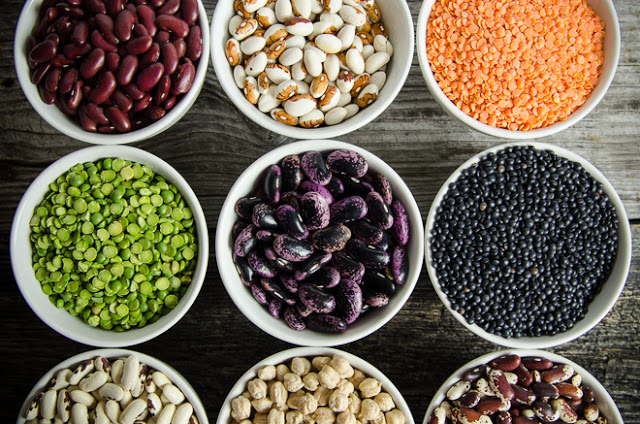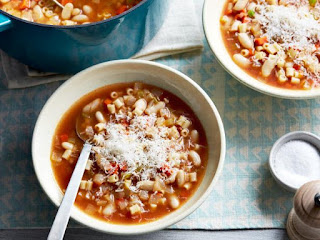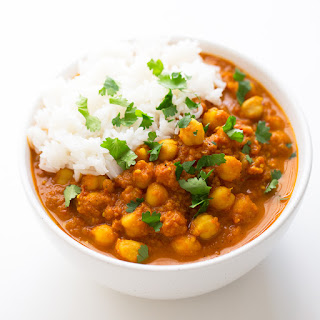Widely available and very affordable, pulses are a good source of plant protein.
Highlights
- Lentils, dried beans, and peas are all rich in nutritional value and help promote better health.
- As crops, pulses have a low carbon footprint and also enrich the soil where they grow.
- Bean dishes come in many varieties as part of traditional diets around the world.
The humble dried beans and peas known as pulses are much more than tasty sponges of flavor in your soups and stews.
They’re also a cheap, healthy source of protein that could play a central role in solving the global problem of hunger and malnutrition, say international experts who gathered for a recent conference at The New York Academy of Sciences in New York City, the kickoff event of the United Nations’ 2016 International Year of Pulses.
Sonny Ramaswamy, PhD, director of the USDA’s National Institute of Food and Agriculture and keynote speaker at the meeting, describes the nutrition “dilemma of billions” that pulses may help change.
“We have, right now, an existential threat,” says Dr. Ramaswamy. “It’s a huge nightmare: We have over 7.3 billion people and a very significant challenge helping them get nutritional security. Nearly a billion go to bed hungry, and many of them are going to die.” But, he adds, we also have the opposite: More than a billion people go to bed each night after taking Lipitor to lower cholesterol, insulin to keep blood sugar levels stable, or a medication to lower blood pressure — all because of diet-related illnesses.
Chronic conditions like heart disease and diabetes, which these medications treat, are pervasive in the United States and other wealthy nations. And in some cases, the risks and complications of these diseases are directly related to the typical American diet.
That’s where pulses — beans, lentils, and dried peas — come into the picture.
Pulses as Protein Powerhouses
How could eating pulses help? The low cost and rich nutritional value of dried beans and peas were major topics at the conference, which was sponsored by The Sackler Institute for Nutrition Science in New York City and Bush Brothers & Company of Knoxville, Tennessee, which packages and sells bean products.
As a nutrient-dense superfood, pulses are rich sources of dietary protein and minerals like iron and zinc. Chickpeas are a good example: One cup (about two to three servings) of the cooked legumes, also known as garbanzo beans, Bengal gram, or cece — and the main ingredient in hummus — provides you with more than 14 grams (g) of protein, 12 g of fiber, and 45 g of carbohydrates, along with about 5 milligrams (mg) of iron and 2.5 mg of zinc. In comparison, a three-ounce serving of beef varies depending on the cut, but has about 23 g protein and about 7 mg of iron, as well as 9 g of fat and no dietary fiber.
How much protein do you need to eat each day? That varies based on your body weight. You should eat 0.36 g of protein per pound, so if you’re 140 pounds, you need 50 g of protein each day.
In addition to being nutritious, pulses like garbanzo beans are also sustainable crops. Pulses grow easily in tough environments and require minimal amounts of water, have a low carbon footprint, and also enrich — rather than deplete — the soil where they grow, says Julianne Curran, an organizer of the conference and vice president for food and health at Pulse Canada, an association of pulse growers, processors, and traders in Winnipeg, Manitoba.
Beans for Better Health
The health benefits of pulses extend beyond satisfying your daily nutritional needs: They also play a role in preventing chronic diseases, says John Sievenpiper, MD, PhD, associate professor in the department of nutritional sciences at the University of Toronto in Ontario. “I write a dietary prescription for my patients,” he says, given that his (and others’) research shows that beans and lentils are helpful for controlling diabetes, high cholesterol, and hypertension (high blood pressure) — conditions that can later lead to heart disease.
Dr. Sievenpiper’s review of studies finds that eating pulses can help you feel full and, he says, lose weight if you’re overweight or obese. A small September 2015 study in the Journal of Food Science showed that adults felt as full after eating a bean-based meal as they did after a meal that included beef — though they felt more gas and bloating, too.
Dried beans and peas are also high in prebiotics (non-digestible food ingredients that help healthy bacteria in the gut grow), says Mark Manary, MD, a pediatrician at Washington University in St. Louis’s Institute for Public Health. “Nutrition is in the middle of a busy intersection of nutrients, protein, and gut health,” he explains. And legumes can improve gut health by feeding the gut’s good bacteria.
RELATED: Foods That Help or Hurt Digestion
Pulses and Healthy Cuisines
“Pulses were immensely important during historic times because, unlike other plant foods, they could be easily stored in their dried form and offered an unparalleled amount of plant protein,” says Sara Baer-Sinnott, president of Oldways, a Boston-based nonprofit that helps people improve their nutrition and health by getting in touch with their food heritage.
“From African black-eyed peas and Latin American black beans to French cassoulet and Asian lentil curries, pulses have always been the humble backbone of healthy cuisines,” she says. “In fact, many of the world’s Blue Zones — pockets around the globe with the highest concentrations of centenarians — have a strong tradition of serving pulse-based meals,” she says. Among the Blue Zones are parts of California, Italy, Greece, Japan, and Costa Rica.
“Rice and bean dishes are a part of traditional diets around the world,” Baer-Sinnott notes. “Think of black beans and rice in South America; Jollof rice and black beans in West Africa; brown rice and red beans with coconut milk in the Caribbean; Hoppin’ John, collard beans, and Carolina rice in the American South; Pasta e fagioli in the Italian Mediterranean; rice and bean stew in Asia; and curried dal with rice in India.”
Here are three traditional pulse recipes from Oldways for you to try:
Pasta e Fagioli: This traditional Italian dish exemplifies the Mediterranean diet, combining cannellini (white beans), pancetta, pasta, and fresh herbs, like rosemary and thyme, in a tomato sauce.
Chana Masala: In this popular Indian dish, chickpeas join spices like cinnamon, turmeric, and cumin in a base of coconut milk and tomato, along with chopped greens.
Accara: This black-eyed pea fritter recipe from West Africa, shared by chef Marie-Claude Mendy of Teranga in Boston, is seasoned with shallots and garlic and fried in coconut oil.






